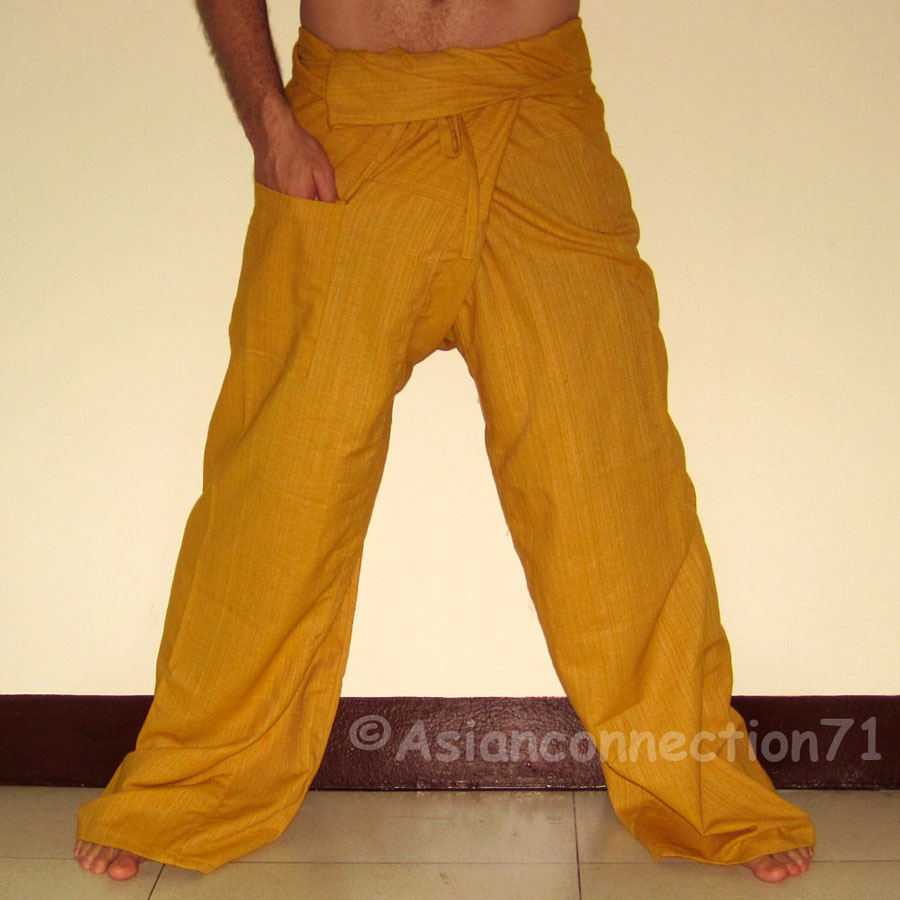Hello friends,
Generally when I sit, I sit wearing whatever clothing I find myself in at that time. However, my "work clothes" aren't exactly designed for the positions that I find myself in when sitting, and this may be shortening their life. As such, I'm considering sewing some sitting-specific clothing as a little side project. However, I'm curious as to thoughts regarding what "style." Loose fitting, obviously. Comfortable, I'd hope so.
However, I'm curious as to the purpose of the so-called "Lay Robe"...
Source
...beyond it being sort of similar to a monk's under-robes. I can see how the sleeves would work well as a mudra-rest, but I'm just a bit curious as to what others who may have experience with this think as compared to maybe a set of scrubs, or some Thai fisherman's pants and a tee shirt?
Thank you for any input you could offer.
Metta and Gassho,
Saijun






 Reply With Quote
Reply With Quote

 :wink:
:wink:







